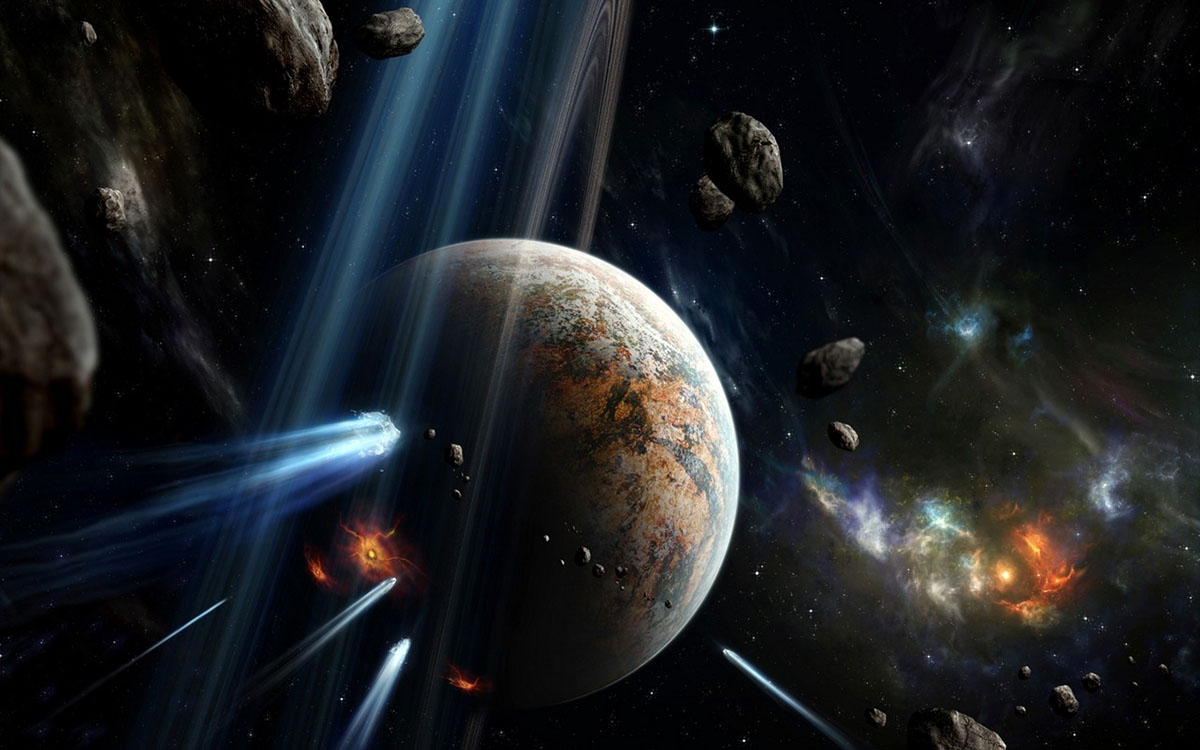how to doomsday prep like a planetary scientist

Unlike you see in the movies, no one will be rushing to save the Earth at the last minute with no budgetary or logistical constraints when we detect a killer asteroid headed towards us. Instead, there are dedicated people worldwide who have the tools and the funding to map asteroids that could do some real damage, keep track of their trajectories, and give us early warnings so we can divert or even destroy them should they start falling towards our planet. However, it’s not a lavishly funded or properly staffed group to put it mildly, which is why Motherboard’s profile of it comes off in such an unflattering way, calling it disorganized and inadequate. While I’m positive that the NEOO isn’t going to argue that considering their mission to very literally save the world, they’re given lofty goals and meager cash. But what it will debate is the notion that it’s somehow disorganized. We went from zero situational awareness to tracking half a million objects in only ten years, and to say that having a whole lot of possible impact mitigation plans is anything but reflective of the challenges involved, seems like fishing for justification for a click-bait title.
Pretty much any primer on preventing asteroid impacts could tell you that every asteroid is very different, which means that the same exact technique will have a completely different effect on different asteroid types. Attaching rockets or mass drivers to randomly tumbling rocks could all too easily accelerate an impact rather than prevent it. Drilling into iron rich asteroids, which are more or less just solid pieces of metal, would result in a broken drill. Nuking a rubble pile would send radioactive buckshot raining down on Earth with apocalyptic results straight out of a sci-fi horror movie. What some writers rush to call disorganized or haphazard, are actually just sober attempts to amass an impact mitigation toolkit that would give us multiple ways of dealing with a stray asteroid about to hit us, and tailor detailed plans for each asteroid type. We want to push comets and large, steady asteroids out of the way, nuke metallic asteroids into safe orbits, and capture and re-direct rubble piles through gravitational assists or even inflatable craft, testing all these approaches as thoroughly as possible to make sure they’ll actually work in a crisis.
Now, because the science is still being worked out and we’re not quite sure how the spacecraft testing these methods should work down to every detail, it’s going to take a while to get them in orbit around target asteroids. Throw in typical manufacturing delays and glitches to fix, and the timelines look abysmal. If the NEOO had more money, it could move faster, but even then, we’d have to deal with the fact that not every mission would be successful because, again, we’re still learning how all of this will work. So far, we know kinetic impactors definitely pack a good punch as seen with the Deep Impact mission. We also know we have the know-how to land on comets and asteroids, as Rosetta and Philae demonstrated. We’re on the right path towards being able to defend ourselves from another K/T event, like the one that gave the dinosaurs what is one of the worst weeks the planet has ever seen. And while we do need more money to test our ideas out in the real world, there seems to be real progress in getting it, hiring more staff, and figuring out how to track more objects. Unlike some writers would have you believe, it’s actually starting to come along and politicians are taking it seriously enough to open up the funding spigots.





